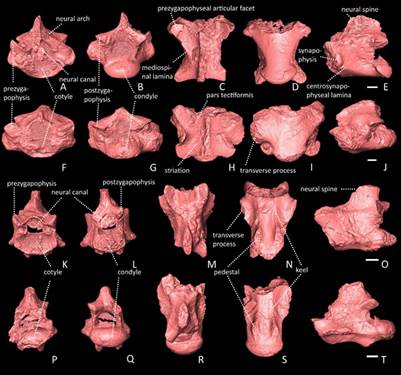Ministry of Science & Technology
Fossil lizards and snakes indicate climate of Late Miocene hominid locality of Haritalyangar, Himachal Pradesh, India
प्रविष्टि तिथि:
16 DEC 2022 11:19AM by PIB Delhi
Remains of fossil lizards and snakes have been discovered recently from a late Miocene hominid locality of India (dated 9.1 Million Years) in Haritalyangar, Himachal Pradesh, indicating a seasonally wet sub-humid to semi-arid climate in the area with mean annual temperature of around 15–18.6°C during that period. It was similar to condition in the area today.
Lizards and snakes are cold-blooded squamates whose distribution, richness, and diversity of are highly dependent on temperature and climatic conditions. For this reason, squamates are widely regarded as excellent indicators of past climates, particularly ambient temperatures.
Wadia Institute of Himalayan Geology (WIHG), Dehradun, an autonomous institution of the Department of Science and Technology (DST), in association with researchers from Panjab University (PU) Chandigarh, Indian Institute of Technology Ropar (IIT Ropar) Rupnagar, Punjab, India, Comenius University in Bratislava, Slovakia documented the taxa ---Varanus, Python, a colubrid and a natricid from this region for the first time.
The occurrence of taxa Varanus in Haritalyangar is important in regard to its past biodiversity because varanids have a limited fossil record in Asia. Also, the fossil Python from South Asia remains poor except for the earliest record from Pakistan (dated ca. 18 Ma) and Kutch, Gujarat (dated ca. 14-10 Ma). A co-existence of Varanus and Python, two iconic squamates, revealed a wider distribution of the clade in this southern Asian territory.
The overall Haritalyangar squamate fauna, which is dominated by both large and small semi-aquatic and terrestrial taxa, indicates a seasonally wet sub-humid to semi-arid climate in the area during the Late Miocene, 9.1 Ma. Moreover, the mean annual temperature must have been high in the region at that time (not less than 15–18.6°C, similar to the mean annual temperature in this area today), indicated by the occurrence of important thermophilic elements such as Varanus and Python.
Dr. Ningthoujam Premjit Singh led this study along with Dr. Ramesh Kumar Sehgal and Mr. Abhishek Pratap Singh from WIHG, Dr. Rajeev Patnaik, Dr. Kewal Krishan and Shubham Deep from PU, Dr. Navin Kumar, Mr. Piyush Uniyal and Mr. Saroj Kumar from IIT Ropal and Dr. Andrej Čerňanský from Comenius University. It was published in the Geobios Journal in November 2022
Publication link: https://doi.org/10.1016/j.geobios.2022.10.003

Fig. 1. Varanus sp. Vertebrae in anterior (A, F, K, P), posterior (B, G, L, Q), dorsal (C, H, M, R), ventral (D, I, N, S), and lateral (E, J, O, T) views. Scale bars: 1 mm.

Fig. 2. Python sp. Trunk vertebra in anterior (A), posterior (B), dorsal (C), ventral (D) and lateral (E) views. Scale bar: 1 mm
<><><><><>
SNC/RR
(रिलीज़ आईडी: 1884014)
आगंतुक पटल : 1170